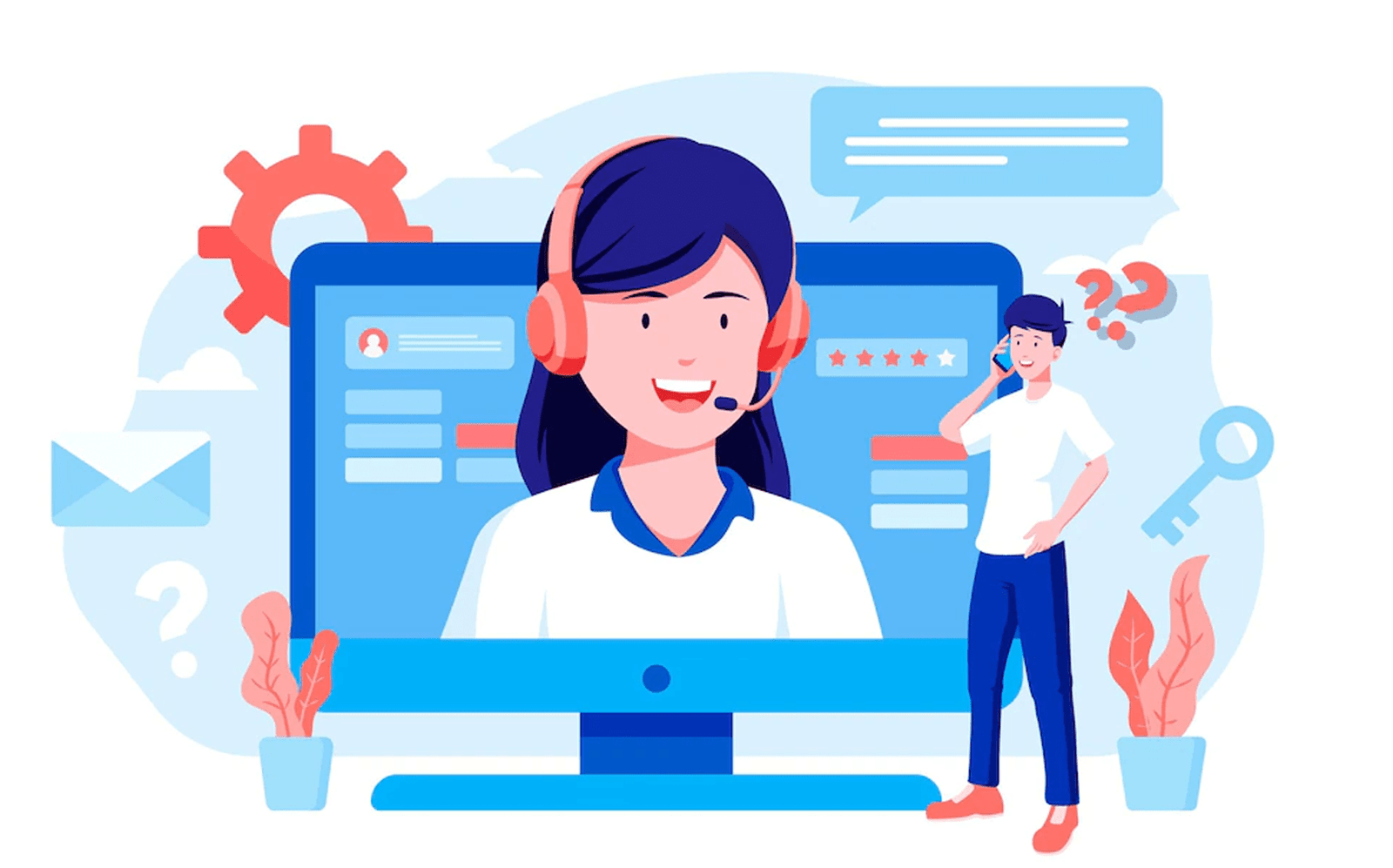Dyslexia, a neurodevelopmental disorder affecting reading and language processing, poses significant challenges for individuals striving to acquire proficient reading skills. However, with the right strategies and interventions, individuals with dyslexia can overcome these obstacles and enhance their reading abilities. This essay delves into the multifaceted nature of dyslexia and presents a comprehensive overview of effective strategies that can be employed to foster reading skills in individuals with dyslexia.
Understanding Dyslexia: A Multidimensional Challenge
Dyslexia is a complex condition characterized by difficulties in accurate and fluent word recognition, poor spelling, and decoding abilities. Despite having normal intelligence and access to adequate instruction, individuals with dyslexia often struggle to read proficiently. This condition has its roots in neurobiological differences in brain structure and function, particularly in areas responsible for processing language. The multifaceted nature of dyslexia requires a tailored approach to address its various components.
Dyslexia is a complex and multifaceted learning disorder that affects the acquisition of reading, writing, and spelling skills, despite adequate intelligence and educational opportunities. It is crucial to recognize that dyslexia goes beyond simply reversing letters or numbers, as it involves difficulties in phonological processing, which is the ability to connect sounds with their corresponding symbols. This disorder is not related to visual or intellectual impairment; rather, it is rooted in the brain’s linguistic processing areas.
The neurological basis of dyslexia highlights the multidimensional challenge it poses. Functional magnetic resonance imaging (fMRI) studies have revealed differences in brain activation patterns between individuals with dyslexia and those without. The areas responsible for processing language, such as the left hemisphere’s Broca’s and Wernicke’s areas, show distinct patterns of activation in people with dyslexia. These differences underline the need to view dyslexia as a complex interplay of neural circuits, rather than a simple deficiency.
Moreover, the challenges of dyslexia extend beyond the academic realm. Individuals with dyslexia often face emotional and psychological struggles due to the frustration and low self-esteem resulting from persistent difficulties in reading and writing. As a result, they might develop anxiety around tasks that involve reading and writing, hindering their overall learning experience and personal development. Addressing these emotional aspects is a vital part of understanding the full scope of dyslexia and providing effective support.
In the classroom, teachers and educators play a crucial role in recognizing and accommodating students with dyslexia. An inclusive and supportive learning environment can make a significant difference for these students. Implementing strategies like multisensory teaching techniques, providing extra time for assignments and tests, and offering assistive technologies can help individuals with dyslexia navigate their challenges effectively. It’s essential to focus on their strengths while addressing their specific needs, fostering a sense of accomplishment and boosting their self-confidence.
Early Intervention: Building Strong Foundations
One of the most effective ways to enhance reading skills in individuals with dyslexia is through early intervention. Identifying signs of dyslexia at a young age can enable educators and parents to provide targeted support. Evidence suggests that early intervention, such as structured phonological awareness training, can significantly improve reading outcomes. Phonological awareness involves recognizing and manipulating the sounds in spoken language, which forms the basis for understanding the relationships between sounds and letters in written language.
Multisensory Learning: Engaging All Senses
Incorporating multisensory learning techniques into reading instruction can significantly enhance the learning experience for individuals with dyslexia. These approaches leverage multiple sensory pathways—such as visual, auditory, and kinesthetic—to reinforce learning and improve retention.
One prominent example is the Orton-Gillingham approach, widely recognized for its effectiveness in teaching reading and spelling to individuals with dyslexia. This method integrates auditory, visual, and tactile strategies simultaneously. Here’s how each sensory modality contributes to the learning process:
1. **Auditory**: The auditory component involves listening to phonemes (individual sounds) and blending them together to form words. This helps dyslexic learners improve their phonemic awareness and phonological processing skills, which are essential for reading.
2. **Visual**: Visual elements include using specially designed materials that emphasize the visual aspects of letters and words. Dyslexic individuals often benefit from seeing letters and words in different fonts, sizes, and colors to enhance recognition and memorization.
3. **Tactile**: Tactile strategies involve physically interacting with materials, such as tracing letters in sand or using textured surfaces to write. These activities help reinforce muscle memory and kinesthetic awareness, aiding in the formation of correct letter shapes and improving overall motor skills related to writing.
By engaging multiple senses simultaneously, multisensory techniques cater to diverse learning styles and strengths. This approach is particularly beneficial for dyslexic individuals because it helps solidify the connections between letters, sounds, and their meanings in a more integrated and holistic manner. Rather than relying solely on auditory input, which can be challenging for some dyslexic learners, multisensory learning provides alternative pathways for understanding and retaining information.
Moreover, these techniques promote active participation and engagement in learning, which can boost confidence and motivation among dyslexic learners. As they experience success through various sensory channels, they develop a stronger foundation in reading skills and become more proficient readers over time.
In essence, multisensory learning techniques are not just accommodations for dyslexia but effective instructional strategies that capitalize on the brain’s ability to learn through different sensory modalities. They create a supportive environment where individuals with dyslexia can thrive and reach their full potential in reading and literacy.
Structured Literacy Programs: Systematic and Explicit Instruction
Structured literacy programs are highly effective in providing systematic and explicit instruction that supports individuals with dyslexia in mastering essential reading skills. These programs are designed to break down the complexities of language into structured components, facilitating comprehension and application of reading strategies. Here’s how structured literacy programs like the Wilson Reading System and Barton Reading & Spelling System benefit individuals with dyslexia:
1. **Systematic Instruction**: Structured literacy programs follow a sequential and structured approach to teaching reading. They start with foundational skills such as phonological awareness—the ability to recognize and manipulate sounds in words—and phonics—the relationship between letters and sounds. This systematic approach ensures that learners build a solid foundation before progressing to more complex reading tasks.
2. **Explicit Teaching**: These programs explicitly teach the rules and patterns of language. For instance, they teach phonics rules in a clear and direct manner, helping dyslexic individuals understand how letters represent sounds and how these sounds combine to form words. This explicit instruction is crucial for individuals with dyslexia, who may struggle with decoding and recognizing words automatically.
3. **Comprehensive Approach**: Structured literacy programs cover multiple components of reading, including phonological awareness, phonics, vocabulary development, fluency (reading speed and accuracy), and comprehension (understanding and interpreting text). By addressing each of these areas comprehensively, these programs ensure that learners develop well-rounded reading skills.
4. **Individualized Learning**: While structured, these programs also allow for individualized instruction. They are adaptable to the specific needs and learning styles of each learner, providing targeted interventions and support where needed. This personalized approach helps dyslexic individuals make significant progress in their reading abilities.
5. **Evidence-Based Effectiveness**: Programs like the Wilson Reading System and Barton Reading & Spelling System have a strong research base supporting their effectiveness. They have been validated through studies and are widely recommended by educators and specialists in the field of dyslexia intervention.
Overall, structured literacy programs are instrumental in equipping individuals with dyslexia with the tools they need to become proficient readers. By breaking down the reading process into manageable components and providing systematic, explicit instruction, these programs empower learners to grasp the underlying rules and structures of language effectively. This not only improves their reading skills but also boosts their confidence and overall academic achievement.
Assistive Technology: Bridging the Gap
Advancements in technology have indeed revolutionized support for individuals with dyslexia, offering a range of assistive tools that significantly enhance their reading and writing experiences. Here’s how these technologies are making a difference:
1. **Text-to-Speech Software**: Text-to-speech (TTS) software allows written text to be converted into spoken words. For individuals with dyslexia, this tool provides real-time auditory feedback, helping them to comprehend text more effectively. By hearing the words spoken aloud, dyslexic individuals can overcome challenges related to decoding and focus more on understanding the content. TTS software also supports reading fluency and can be adjusted for speed and voice preference, catering to individual needs.
2. **Speech Recognition Apps**: Speech recognition apps enable individuals to dictate text that is then converted into written form. This technology is particularly beneficial for dyslexic individuals who may struggle with spelling and written expression. By speaking their thoughts aloud, they can bypass difficulties with spelling and handwriting, improving the accuracy and efficiency of their written work.
3. **Customizable E-Books and Digital Platforms**: E-books and digital reading platforms offer customizable features such as font styles, sizes, background colors, and line spacing. These customizable options allow individuals with dyslexia to adjust the visual presentation of text to suit their preferences and reading comfort. For example, using sans-serif fonts or increasing font size can enhance readability and reduce visual strain.
4. **Annotation and Note-Taking Tools**: Many digital platforms and apps include features for annotating text and taking notes directly within e-books or documents. These tools help dyslexic individuals organize information, summarize key points, and highlight important passages without the challenges of traditional note-taking methods.
5. **Interactive Learning Tools**: Interactive educational software and apps provide engaging learning experiences that cater to different learning styles. They often incorporate multimedia elements, interactive exercises, and adaptive feedback, which can benefit dyslexic learners by reinforcing concepts through multiple modalities.
6. **Accessibility Features**: Operating systems and devices now include built-in accessibility features such as screen readers, magnification tools, and high contrast modes. These features enhance accessibility for individuals with dyslexia and other learning differences, making it easier to navigate digital content and applications.
Overall, assistive technology tools have significantly expanded opportunities for individuals with dyslexia to access and engage with written information more independently and effectively. By reducing the cognitive load associated with reading and writing tasks, these tools empower dyslexic individuals to focus on comprehension, creativity, and academic achievement. As technology continues to advance, the potential for innovative solutions to support individuals with dyslexia will only grow, further enhancing their educational and professional opportunities.
Personalized Learning: Tailoring Instruction to Individual Needs
Recognizing that each individual with dyslexia has unique strengths and weaknesses, personalized learning approaches can prove highly effective. By identifying specific areas of difficulty, educators can tailor instruction to address individual needs. For example, if a student struggles with phonemic awareness, targeted exercises can be designed to strengthen this skill. This approach ensures that learners receive the right support in the areas that require improvement, fostering a sense of accomplishment and progress.
Building Confidence and Motivation: Cultivating a Positive Reading Experience
Overcoming dyslexia is not only about acquiring reading skills; it’s also about fostering a positive attitude toward reading. Individuals with dyslexia often experience frustration and low self-esteem due to their struggles with reading. Encouragement, praise, and creating a safe and supportive learning environment are essential in building confidence. Additionally, offering reading material that aligns with the individual’s interests can motivate them to engage with text and develop a genuine passion for reading.
Supportive Home Environment: Extending Learning Beyond School
The role of parents and caregivers is pivotal in helping individuals with dyslexia overcome reading challenges. Creating a supportive home environment involves engaging in regular reading activities, offering assistance with homework, and maintaining open communication with educators. Reading aloud together, discussing stories, and providing access to audiobooks can enrich the reading experience outside of school, reinforcing the skills learned in structured instruction.
Teacher Training and Awareness: Empowering Educators
Equipping educators with the knowledge and tools to effectively teach individuals with dyslexia is crucial. Professional development opportunities that focus on understanding dyslexia, recognizing its signs, and implementing evidence-based strategies can empower teachers to make a lasting impact. Inclusive classroom practices that accommodate diverse learning needs create a more equitable educational environment where all students, including those with dyslexia, can thrive.
Conclusion
Overcoming dyslexia and enhancing reading skills requires a multifaceted approach that combines early intervention, multisensory learning, structured literacy programs, assistive technology, personalized instruction, and a positive learning environment. By tailoring strategies to address the specific needs of individuals with dyslexia, educators, parents, and caregivers can provide the support necessary for them to build strong reading foundations, develop confidence, and cultivate a lifelong love for reading. With the right combination of strategies and unwavering support, individuals with dyslexia can transcend the challenges posed by this condition and unlock their full potential in the realm of reading and language.




